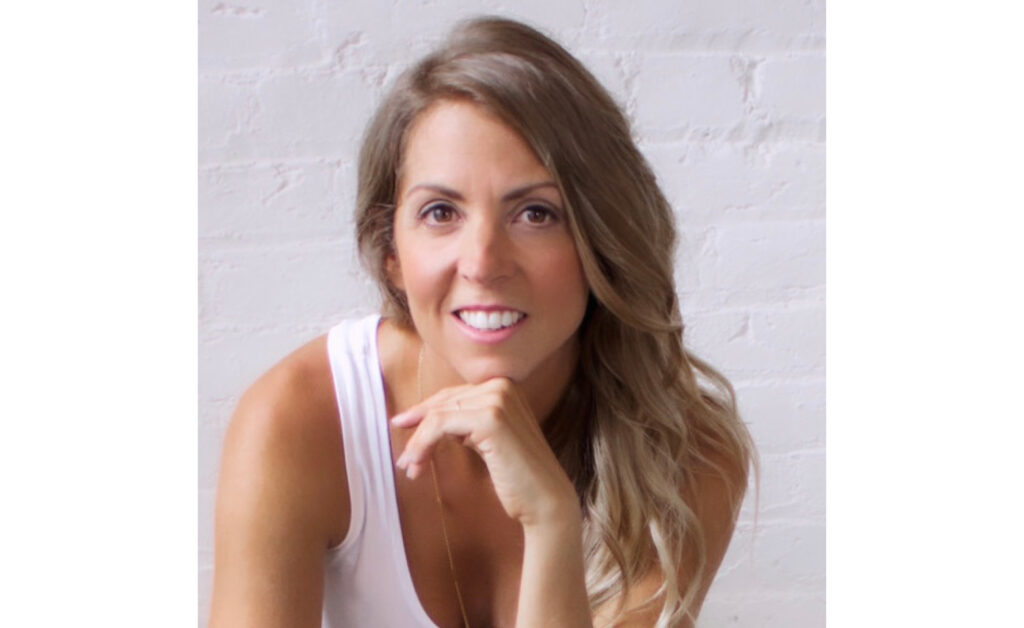Words Connie Dunwoody, Broadmead Care
It was a solid maple teacart, a mid-century marvel on wheels, an elegant fixture in many homes in the 60s and 70s. My mom treasured hers. It stood proudly on the variegated blue shag carpet – the kind we raked before company came. As kids, we respected the invisible boundary around and above it; we knew better than to roughhouse near it. Every Saturday morning it was gently dusted, a silent shrine to mom’s china dolls, silverware chest and serving platters.
Mom died suddenly in April 2000, in a horrific car crash that also took two of her friends. She lived in rural Niagara; I was in Victoria. When my brother and I cleared her apartment, I couldn’t bear to part with her things. I paid a small fortune to ship them across the country.
Including the teacart: an antique heirloom.
Growing up poor, my mom cherished quality. “Buy the best you can afford,” she used to say. Our home was warm and welcoming, and my parents entertained regularly, using the “good china” and wheeling out the teacart.
And I love to entertain, using her china, sterling flatware and crystal glasses. I love welcoming people to a beautiful table. The elegance feels like a nod to a bygone era. Maybe not quite Spencer Tracy and Katharine Hepburn, but still joyful and warm.
My husband is less enchanted with my superb collection of fine china and crystal. “We don’t need all that stuff,” he says. He’s not wrong, but how’s a girl to let go of the things that speak of “home” and “mom” to her?
I’ve come to realize that my attachment to these things is rooted in the shock of losing my mom in my mid-30s. I lost future conversations, her stories, her wisdom. I lost a mom I never really got to know as an adult, and in her place, I clung to her belongings.
But here’s the truth: mom isn’t in the crystal or silver. She’s not in the china pattern that shares her maiden name. She’s in my heart. She’s in my memory of her laughter, her kindness, her sense of humour. She’s in the way I treasure time with loved ones, and the joy I find in setting a beautiful table.
The younger generation doesn’t want this “stuff.” They don’t entertain as we do. Their homes are smaller, their styles different. No one wants a china cabinet anymore.
And working in long term care, I see firsthand how life is eventually distilled to what truly matters. People arrive with a few comforting things to connect them to who they were, not crates of china and crystal.
So, I’ve decided to start letting go. Not later: now. I’m not sure how yet. Facebook Marketplace is flooded with unwanted Limoges, Wedgwood and the ubiquitous Royal Albert Old Country Roses. I think Margareta Magnussen’s book, The Gentle Art of Swedish Death Cleaning: How to Free Yourself and Your Family from a Lifetime of Clutter, might be a good place to start.
Perspective is everything: in the act of dealing with these precious pieces, I find the grip of grief lessening. I’ve been without my mom for nearly half my life, and I’ve come to realize she lives on not in her china, but in the intangible heirlooms of love, kindness, respect, and the joy of gathering.
And the “antique” teacart? It turns out my mom saved green stamps from her local supermarket for months to earn it. Recently, I sold it to someone who will treasure it as Mom did.
And I feel just fine about that.
Connie Dunwoody is Communications Coordinator for Broadmead Care. She loves to entertain with beautiful china and crystal. She can’t help it; it’s genetic.




